The last day of August
bart bart
last year
Featured Answer
Comments (36)
Related Discussions
End of August
Comments (7)Deanne, that driveway garden is just spectacular. So many interesting forms and textures. And the way the ground covers soften the driveways edge looks so nice. I cut back some of my sedums as an experiment in June and it worked well for me. The ones I did are so full and no flopping. They haven't bloomed yet but will soon which is fine with me. Anything blooming late in the season I'm happy about. Yours looks so nice there in front of the sambucus. I know I say this everytime I see them but I just can't believe the way you have with fuschias. I'm not giving up but I'd be happy if mine looked half as good as yours. I'm going to give overwintering mine a try. I love the standard too. Maybe someday I'll be able to have one. For now my coleus standards are coming along. Much easier to grow those I do believe. Everything looks just great. It's so nice to see such a beautiful garden this late in the summer. Thanks! Eden...See MorePictures from the last Days of August
Comments (16)I like White Eyes, Pink Dragon also, and Radiation Biohazard :) I've seen some neat pinks up on the LA (Miss Piggy, Flamingo Eyes, etc.)and was curious how they compare to each other....See MoreTwo blooms and a new toy!!
Comments (14)Thanks, and trust me I am having an absolutely blast with this camera!!! I even 'caught' my neighbor in my yard when I was not home!!!! This camera is a Brinno Gardenwatch cam you can just goggle Brinno and it will come up. I guess it was a Martha Stewart pick this past spring, and there is a video from her show on Brinno's website, which pretty much explains the camera. It is weather proof and it can run for months on end. It uses 4 AA batteries. I am still messing around with the movies that are saved on my computer, you can pause it at different frames, it has a clock and it runs down the time of each picture that is taken. The only thing that is a little bit troublesome is that when you set it up, at least when I set it up, I can't always be sure what the lens is capturing, so I am running very short trial runs, marking the spot and noted the angle of the camera, then looking at what was taken. I then can adjust it to what I want to see, and then let it run for the day. I have spots marked in my garden that are good view and angles to use. I don't know how much 'space' it takes up in the computer, but I already have at least 10 daylong movies in the movie file. You can empty the flash drive when you download the pictures to your computer. I can't wait till spring, cause I plan on leaving it set up for a few months in order to capture the spring bulbs coming up and blooming. Yes, my son is way cool!!!!! Cindy...See MoreAugust Block Lotto
Comments (35)Magothyrivergirl, you lovely blocks came today. I can't believe how easily you've transitioned from sewing sails for boats to quilt squares. LOL. Odessa, I'll gladly send you some veggies if you win this month's lotto. I can't tell you in what condition they'll arrive, however. I was up at daybreak hoeing weeds, and chasing rabbits out of the garden. I don't know how one got in last night past the electric fence, but the new cabbage plants have been attacked. My husband got 'bit' by the fence yesterday, so I know it's working. Micyrey, your first blocks were beautiful. If I'd have won them, they'd be put right along with the rest in a quilt. I think they'd have been fine, given the leeway of the fabrics, perhaps as a center interest. I'm really excited by the cache so far. This is for sure going to be on my agenda for a quilt as soon as I finish up my UFOs....See Morebart bart
last yearbart bart
last yearbart bart
last yearMelissa Northern Italy zone 8
last yearlast modified: last yearbart bart thanked Melissa Northern Italy zone 8Melissa Northern Italy zone 8
last yearlast modified: last yearbart bart thanked Melissa Northern Italy zone 8bart bart
last yearMelissa Northern Italy zone 8
last yearlast modified: last yearbart bart thanked Melissa Northern Italy zone 8bart bart
last yearbart bart
last year
Related Stories
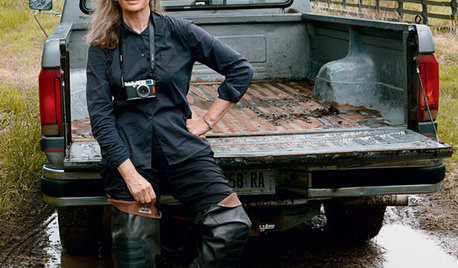
EVENTSDesign Calendar: What to See and Do in August 2012
Relish the last month of summer with an installation at the Neutra House, a retrospective exhibit at Yale or a New England sketch crawl
Full Story
FUN HOUZZUpload of the Day: Last One Down the Indoor Slide Is a Rotten Egg!
Carpet cushions the ride for safety, but this slide in an Edmonton home still makes hearts race
Full Story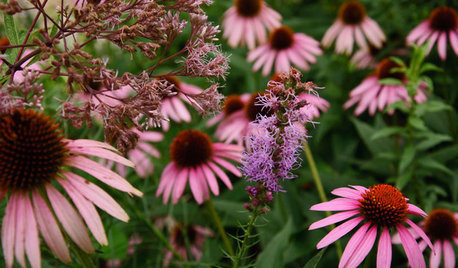
GARDENING GUIDESGreat Lakes Gardener's August Checklist
Pick the peppers and drink in the scent of lilies this month, while you mull over a mowing strip to make fall gardening easier
Full Story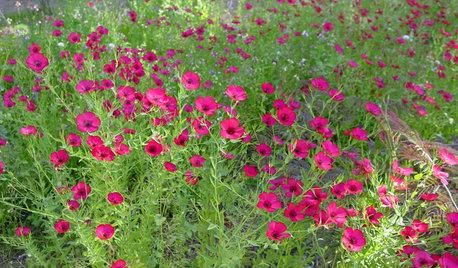
GARDENING GUIDESSouthwest Gardener's August Checklist
Manage monsoon effects, remember to fertilize and don't let the heat deter you from planting for fall
Full Story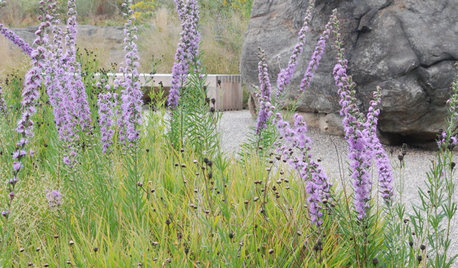
GARDENING GUIDESNative Wildflowers for the August Transition Into Fall
Keep the garden colorful with these stalwart perennials
Full Story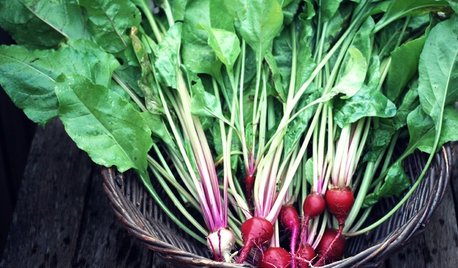
EDIBLE GARDENS8 Last-Minute Additions to a Summer Edible Garden
It’s not too late to get these vegetables and herbs planted for a bountiful harvest this year
Full Story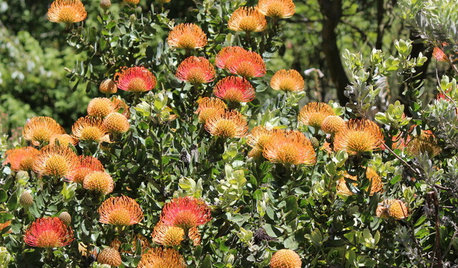
GARDENING GUIDESKeep Your Cool in the Garden — Here’s What to Do in August
Don’t let summer’s heat go to your head. These U.S. gardening guides will help you make sensible choices for all of your plantings
Full Story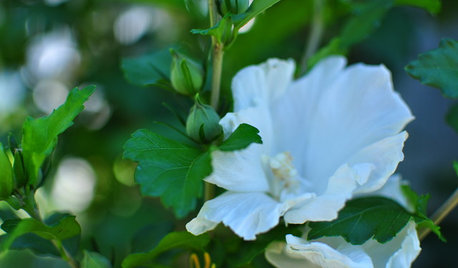
GARDENING GUIDESMid-Atlantic Gardener's August Checklist
Bring in the bounty of tomatoes, savor the show of grasses and start seeding some cool-season plants
Full Story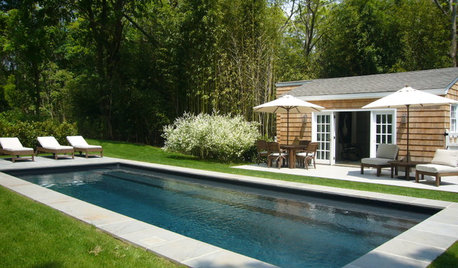

LIFEHow to Celebrate National S’mores Day When You Don’t Have a Campfire
Too hot to toast marshmallows? Never got around to building that fire pit? These recipes are for you
Full Story






erasmus_gw